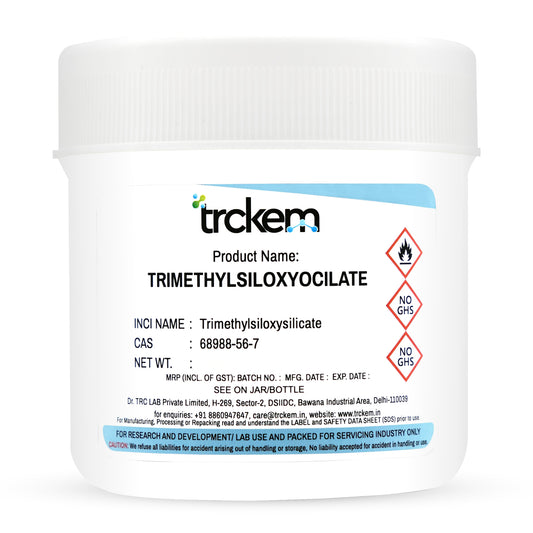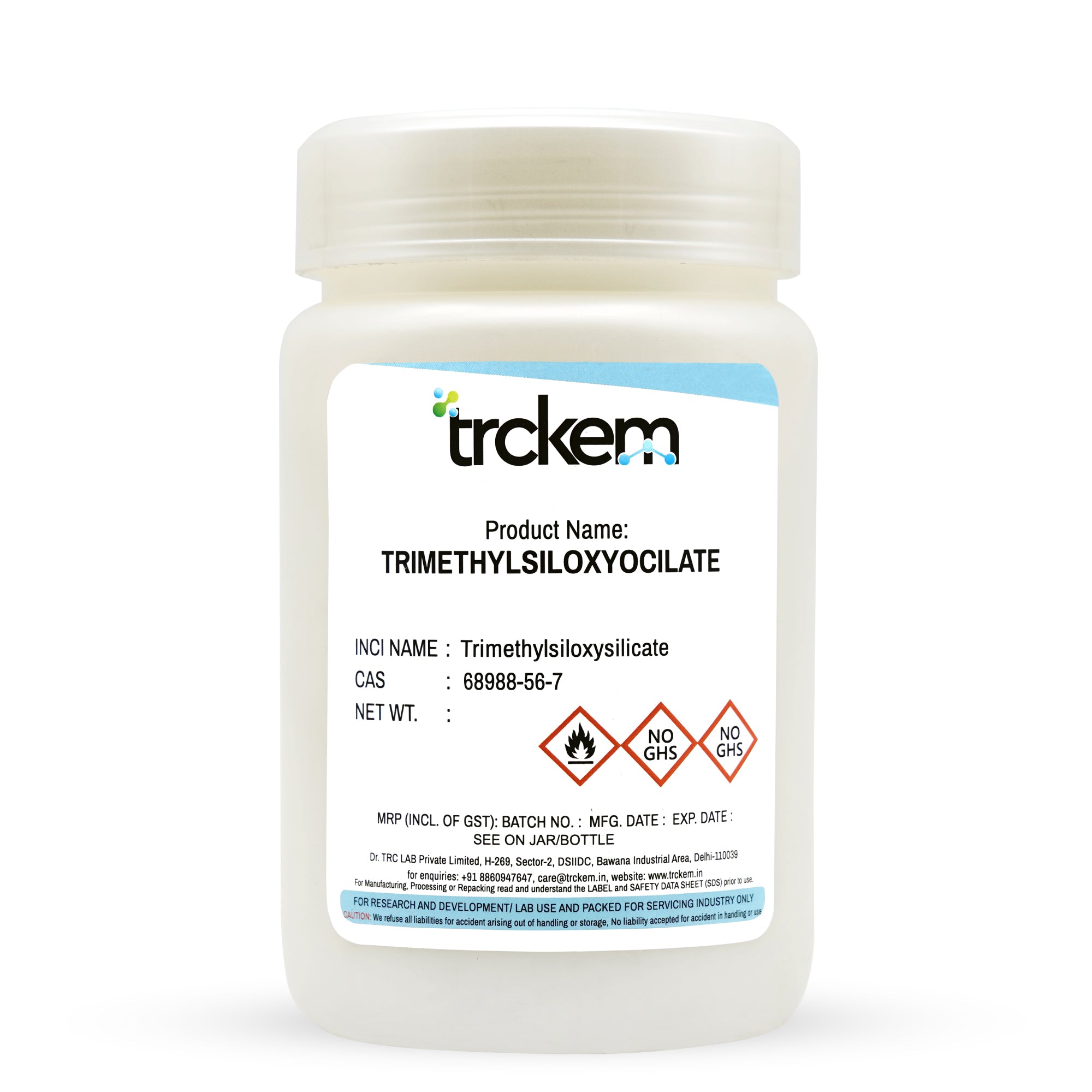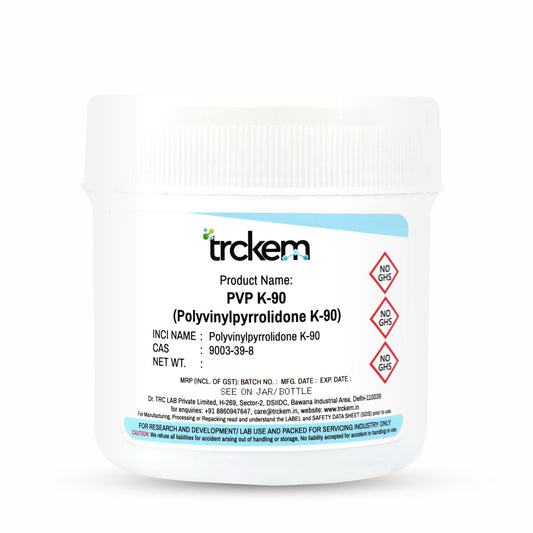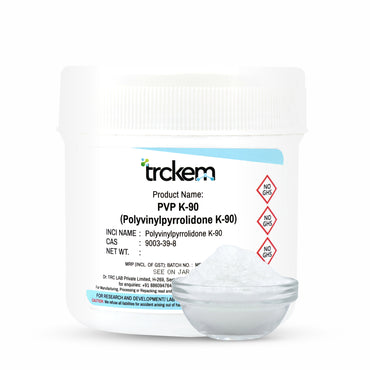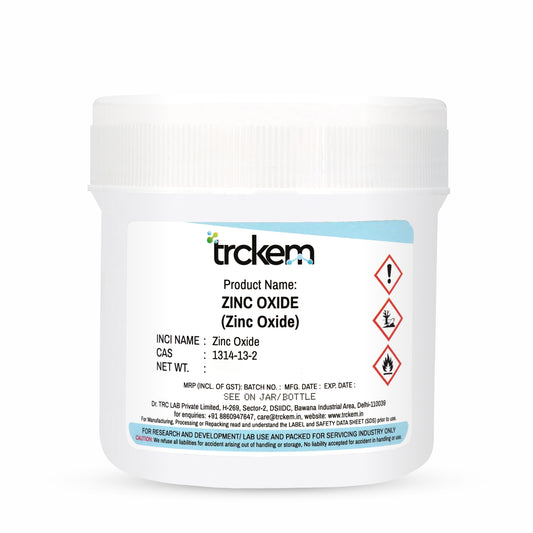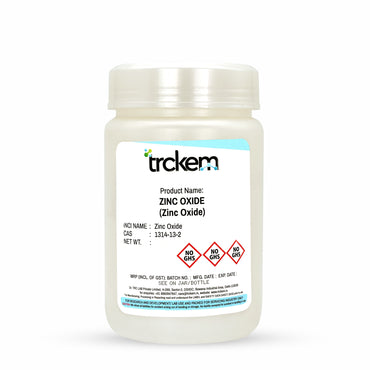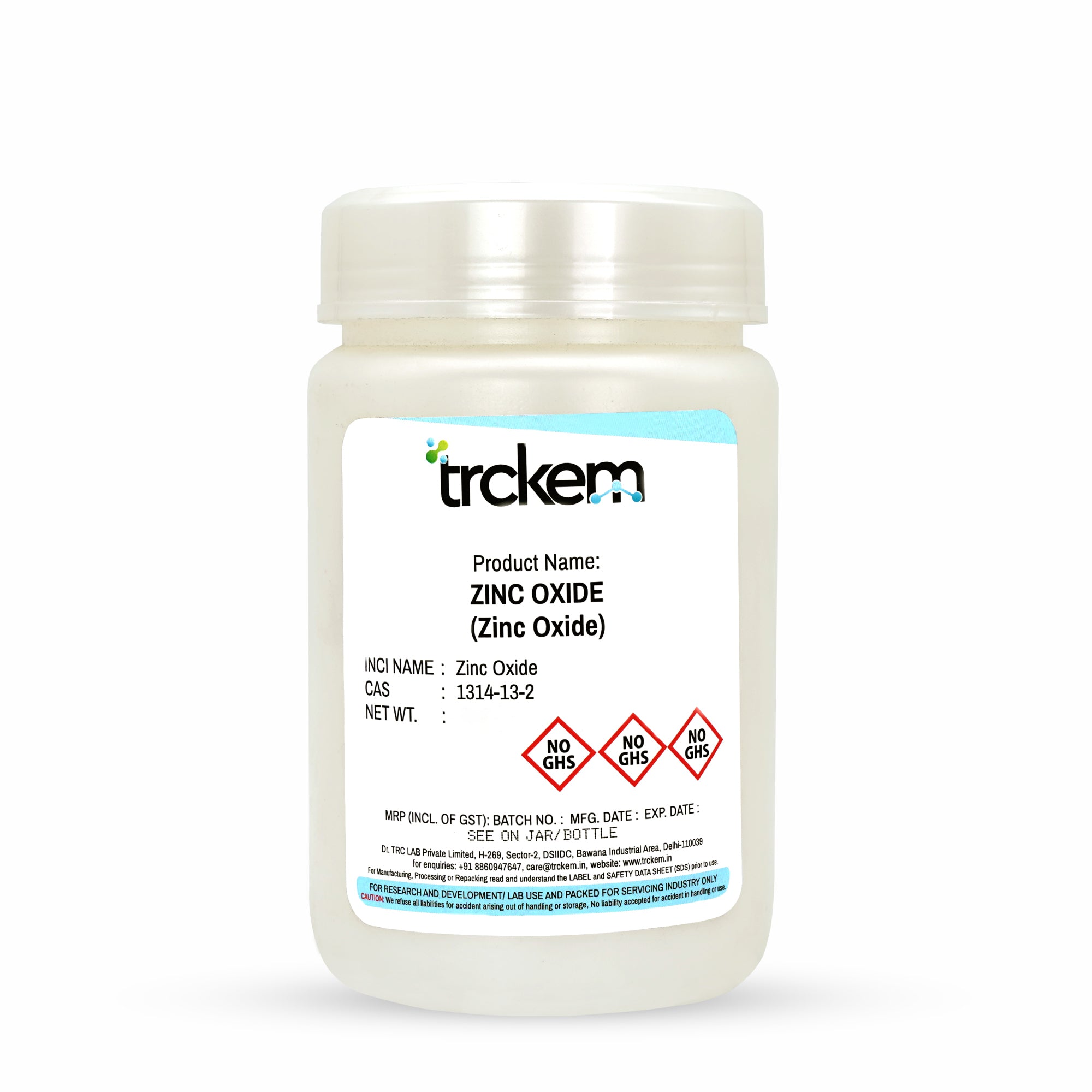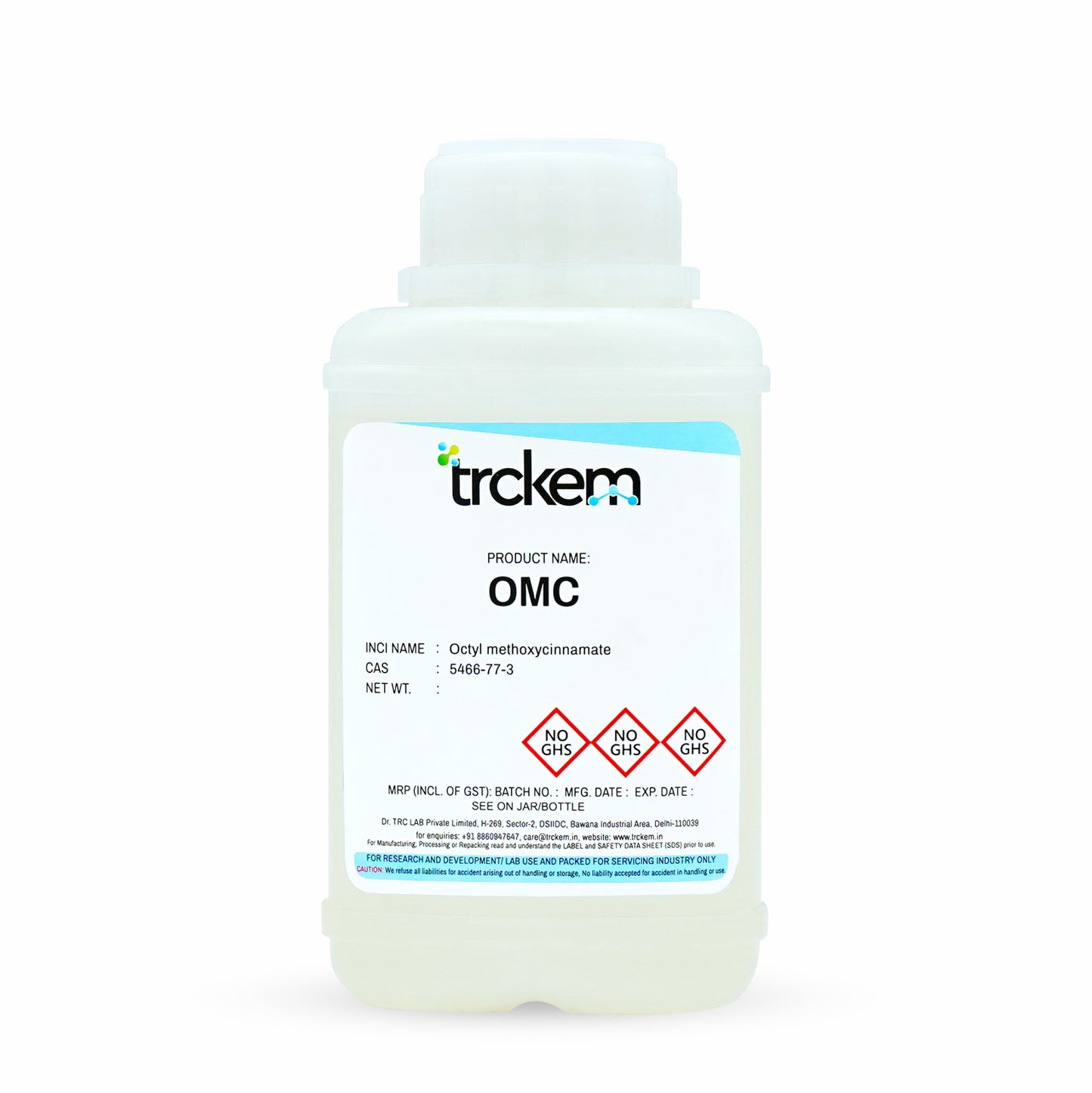
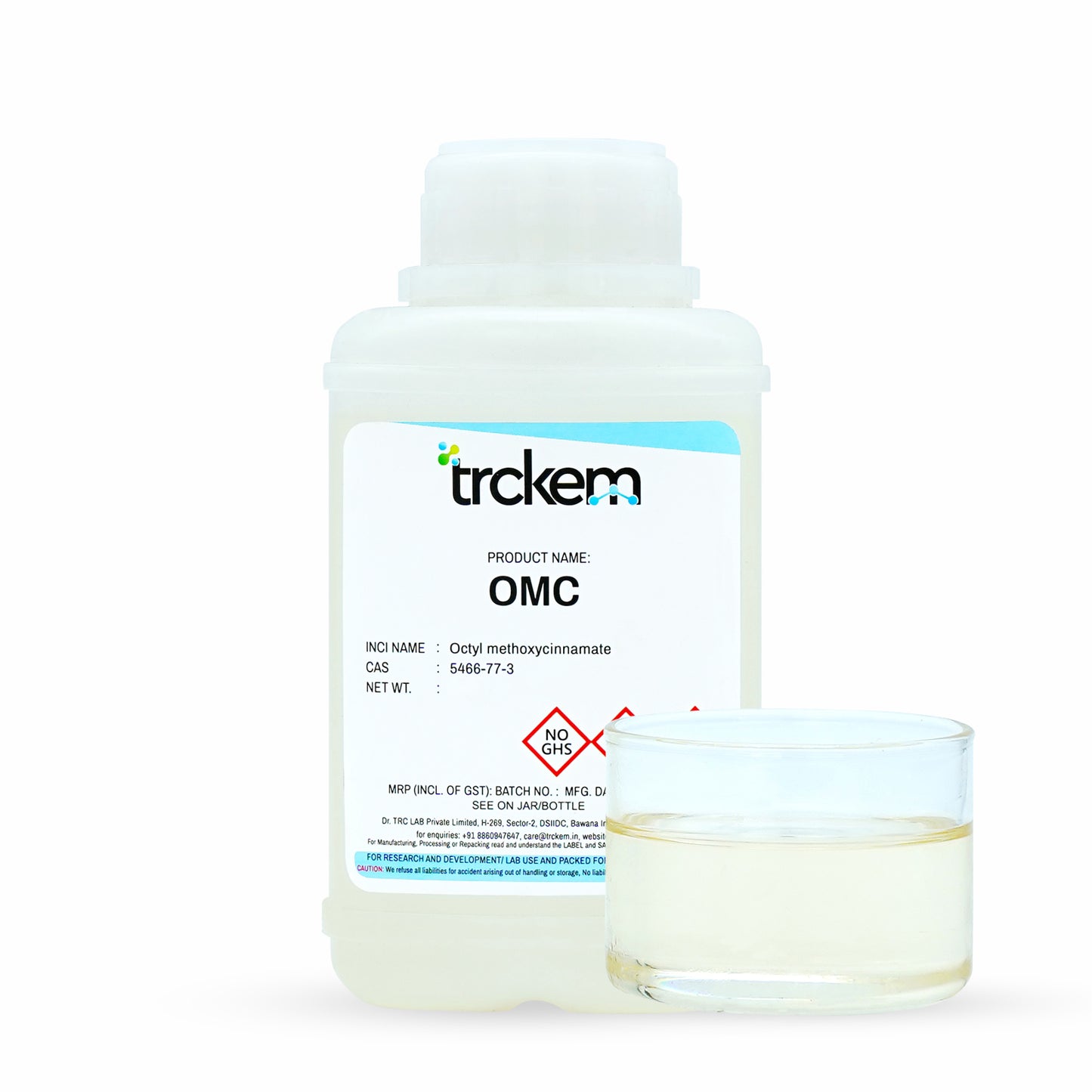
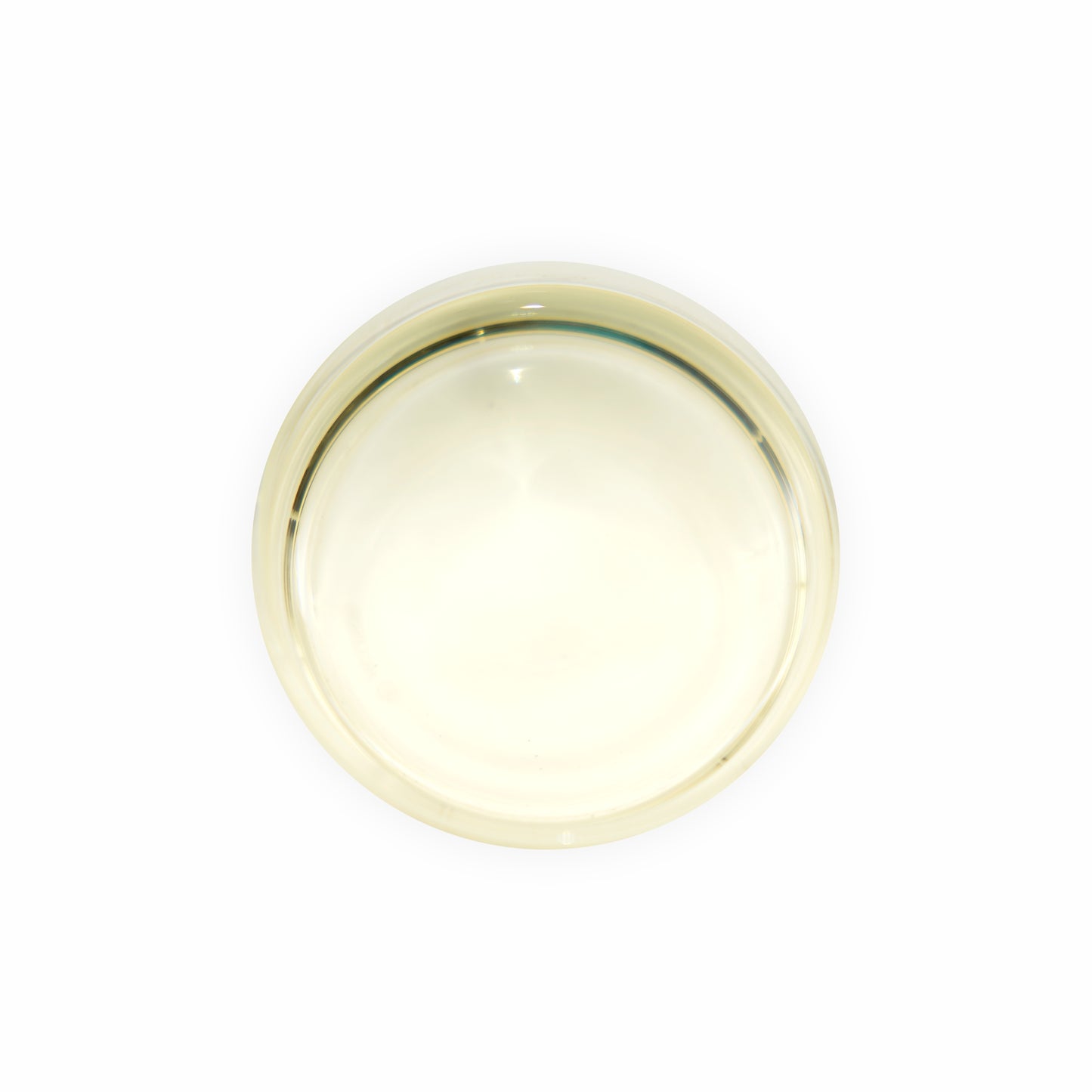
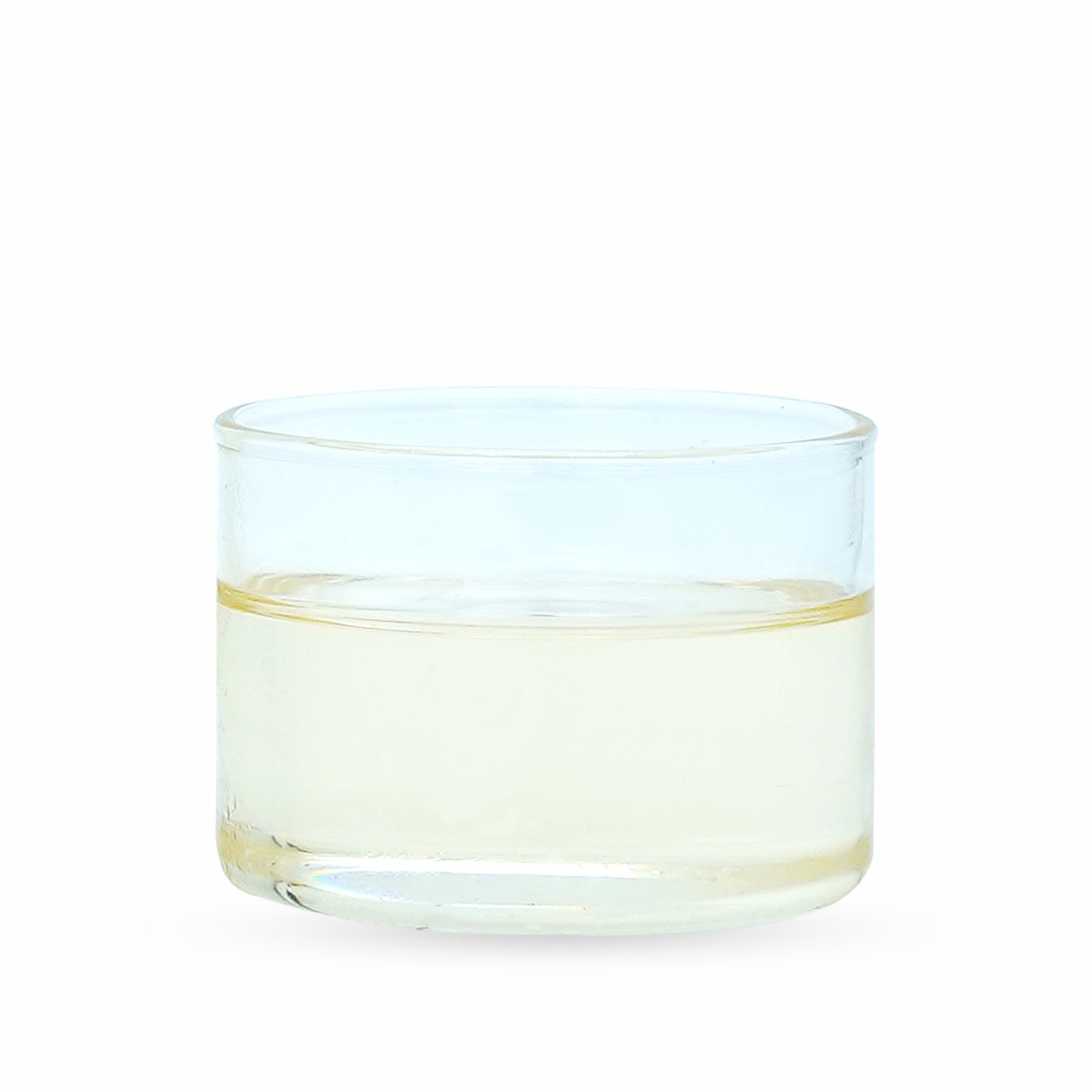
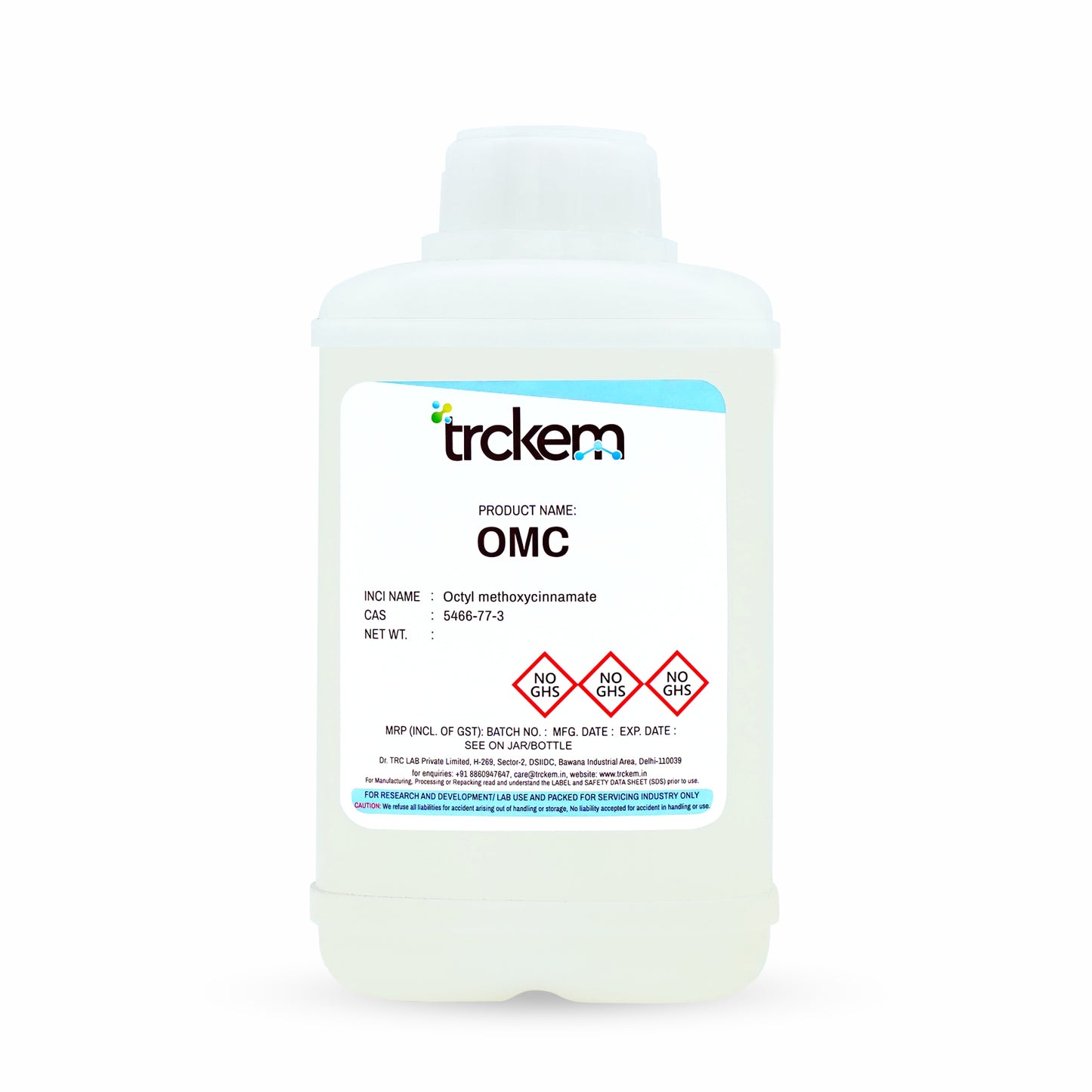
THE STORY OF OCTYL METHOXYCINNAMATE

Octyl Methoxycinnamate: The UV-B Shield for Everyday Sun Protection
Octyl Methoxycinnamate (OMC) is a globally used UV-B sunscreen filter, known for absorbing harmful UV-B rays responsible for sunburn, tanning, and photoaging.
It is oil-soluble, highly compatible with emulsions, and widely used in sunscreens, day creams, BB creams, lotions, foundations, and outdoor skincare.
A key molecule for enhancing SPF performance.

An Ester-Based UV Filter Engineered for High Stability & Oil-Phase Performance
Octyl Methoxycinnamate is created by esterifying methoxycinnamic acid with 2-ethylhexanol, producing a lightweight, oil-soluble UVB absorber.
Key features:
- Excellent photostability
- High UVB absorption (peak ~310 nm)
- Compatible with most oil-phase sunscreen systems
TRCkem supplies cosmetic-grade OMC with high purity for sun-care formulations.

Absorb. Protect. Enhance SPF.
Octyl Methoxycinnamate offers multiple sun-care benefits:
✅ Provides strong UV-B protection
✅ Boosts overall SPF value in creams, lotions & sprays
✅ Lightweight & easily spreadable on skin
✅ Highly compatible with other sunscreen filters
✓ Helps reduce sunburn, tanning & photoaging
Used in: sunscreens, day creams, BB creams, foundations, lip balms, outdoor skincare & sports sunscreens.

Reliable & Oil-Soluble — Ideal for Modern SPF Formulations
• Typical use level: 3–10% depending on SPF target
• Add in the oil phase during emulsification
• Works well with: Avobenzone, Octocrylene, Zinc Oxide & other filters
• Stable under normal storage conditions
• Not recommended for baby-only formulations in high amounts
• Avoid overheating (>80°C) to prevent degradation
• Store in sealed containers away from light & heat
Formulator’s Queries, We Answered
1. What is OMC (Octyl Methoxycinnamate)?
OMC, also known as Ethylhexyl Methoxycinnamate, is a UV filter widely used in sunscreens and personal care products to protect the skin from harmful UVB rays. It absorbs UV radiation and helps prevent sunburn and premature skin aging caused by sun exposure.
2. What is the CAS Number and INCI Name of OMC?
CAS Number: 5466-77-3
INCI Name: Ethylhexyl Methoxycinnamate
3. What are the benefits of using OMC in personal care products?
UVB Protection – Shields the skin from sunburn and UVB-induced damage.
Photo-Stable – Retains effectiveness under sunlight exposure.
Lightweight & Non-Greasy – Easily absorbs into the skin without heaviness.
Enhances Product Stability – Prevents degradation of other ingredients in formulations.
4. What are the common applications of OMC in personal care?
Sunscreens & Sunblocks – Used as a primary UVB filter in SPF formulations.
BB & CC Creams – Provides sun protection in makeup products.
Moisturizers with SPF – Adds sun defense to daily skincare.
Hair Care Products – Protects hair and scalp from UV damage.
Lip Balms & Lipsticks – Shields lips from sun exposure.
5. Is OMC safe for use in personal care products?
OMC is approved by regulatory authorities, including the FDA and EU Cosmetics Regulation, when used within concentration limits (typically up to 10% in cosmetic products). However, concerns about hormonal activity and environmental impact have led to further evaluations.
6. Can OMC cause skin irritation?
OMC is generally well-tolerated, but some individuals with sensitive skin may experience mild irritation or allergic reactions. A patch test is recommended before use.
7. Is OMC safe for coral reefs and the environment?
OMC has been found to contribute to coral bleaching and environmental concerns, leading some regions, like Hawaii and Palau, to restrict its use in sunscreens. Reef-safe alternatives such as Zinc Oxide and Titanium Dioxide are gaining popularity.
8. What are alternatives to OMC in sun care products?
If you’re looking for alternative UV filters, consider:
Zinc Oxide – A broad-spectrum, reef-safe mineral sunscreen.
Titanium Dioxide – Offers UV protection with low irritation risk.
Avobenzone – Provides UVA protection in combination with other filters.
Tinosorb S & Tinosorb M – Advanced photostable UV filters.








